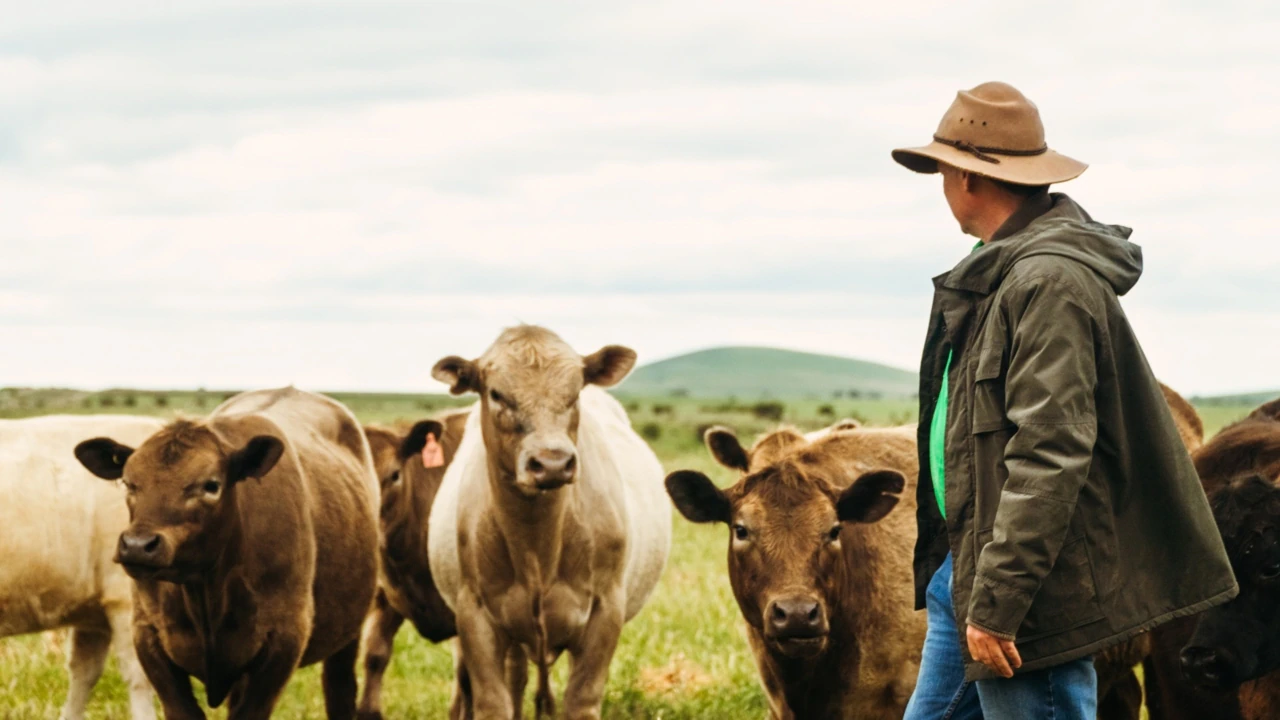Indonesia has launched an ambitious initiative to combat malnutrition and promote healthy development in children and pregnant women by providing free meals under a nationwide school meals programme.
To meet the growing demand for meat and milk required for this programme, the government has urged domestic cattle ranchers to import breeding cows, with a goal of 400,000 head in 2025.
This marks a significant step toward ensuring food security and self-sufficiency in a country that heavily relies on imported beef and dairy products.
Scaling Up: Indonesia’s School Meals Programme
Indonesia’s free school meals programme officially began this week, with an initial rollout of 570,000 meals distributed across schools nationwide. This marks the beginning of an expansive initiative aimed at improving the nutritional intake of children and expectant mothers.
The programme seeks to address pressing concerns about malnutrition and stunted growth, which remain significant public health issues in Indonesia, particularly in rural and underprivileged communities.
The government’s target is ambitious: to eventually provide meals to more than 80 million children and pregnant women. This would not only ensure better health outcomes but also contribute to the nation’s human capital development.
The cost of this monumental programme is estimated at $28 billion, reflecting the government’s commitment to fostering a healthier future generation.
Read : 5 Heroin Traffickers Return to Australia from Indonesia After 20 Years in Jail
The meals distributed under the programme are designed to meet specific nutritional requirements, focusing on balanced diets that include protein-rich foods like meat and milk.
Read : Watch Video of Indonesia’s Mount Ibu Volcano Eruption
However, the domestic production of these staples is insufficient to meet the projected demand. As a result, the government has turned to cattle imports as a strategic measure to bridge the gap.
Targeting Imports: Building a Sustainable Supply Chain
Deputy Agriculture Minister Sudaryono has outlined a detailed plan to meet the growing demand for beef and dairy products for the school meals programme.
The government is urging domestic ranchers to import 400,000 head of cattle in 2025, half of which should be dairy cows. This approach not only addresses immediate needs but also lays the foundation for long-term self-sufficiency.
The programme aligns with Indonesia’s broader agricultural goals, which include reducing reliance on imported food products and boosting local production capabilities.
Over the next five years, Jakarta aims to import 2 million breeding cows. These cattle will contribute to a sustainable supply of beef and milk as local ranchers build their breeding capacities.

Currently, Indonesia’s primary sources of cattle imports are Australia and New Zealand. Australian cattle are preferred for their high-quality beef, while New Zealand supplies most of Indonesia’s dairy products. However, authorities are also exploring the possibility of importing cattle from Brazil, which could diversify supply sources and potentially reduce costs.
One of the critical challenges will be incentivizing ranchers to participate in the import programme. While the agriculture ministry has not yet disclosed specific incentives, such measures are expected to include financial subsidies, tax breaks, and access to affordable loans.
These incentives will be crucial in encouraging ranchers to invest in imported breeding stock, which represents a significant financial commitment.
Indonesia’s ambitious plan to scale up its school meals programme and build a robust local supply chain for beef and milk comes with its own set of challenges. Importing cattle, particularly in such large quantities, requires careful planning and infrastructure development.
Ranchers must have adequate facilities to house and care for the imported breeding stock, as well as access to veterinary services and feed supplies.

Another challenge lies in ensuring that the imported cattle adapt well to Indonesia’s climate and farming practices. Breeds from Australia and New Zealand are generally well-suited for Indonesia, but potential imports from Brazil will require careful evaluation to ensure their suitability.
The government will also need to invest in training programmes for ranchers to improve their skills in cattle breeding and dairy farming.
On the other hand, the initiative presents significant opportunities for Indonesia’s agricultural sector. By building a sustainable domestic supply of beef and dairy products, the country can reduce its reliance on imports in the long run.
This would not only strengthen food security but also boost the rural economy by creating jobs and increasing incomes for ranchers and agricultural workers.

Moreover, the school meals programme itself is expected to have far-reaching social and economic benefits. Improved nutrition among children and pregnant women will lead to better health outcomes, reduced healthcare costs, and higher productivity in the long term.
The programme also has the potential to reduce educational disparities by encouraging school attendance and improving students’ cognitive development.
The Indonesian government’s efforts to address these challenges and capitalize on opportunities will determine the success of the initiative. Collaboration between the public and private sectors, as well as support from international partners, will be essential to achieve the programme’s ambitious goals.
Indonesia’s school meals programme represents a transformative approach to improving public health and fostering human capital development. By encouraging ranchers to import breeding cows and invest in local production, the government is taking proactive steps to ensure the programme’s sustainability. While challenges remain, the initiative has the potential to bring about significant positive change for millions of Indonesians.

